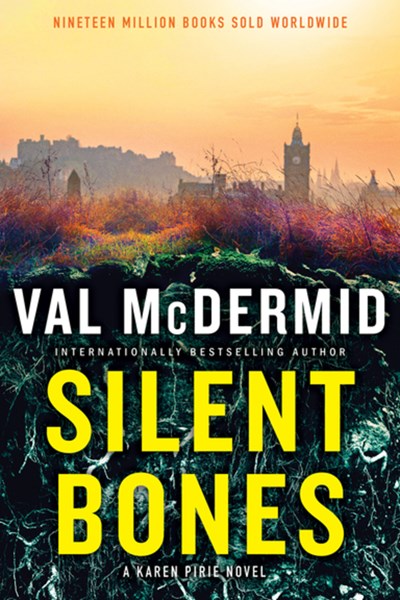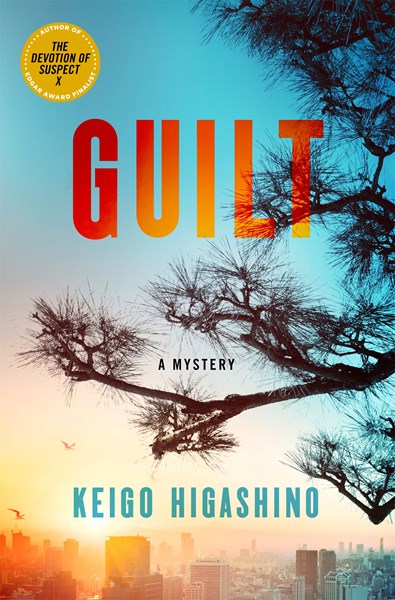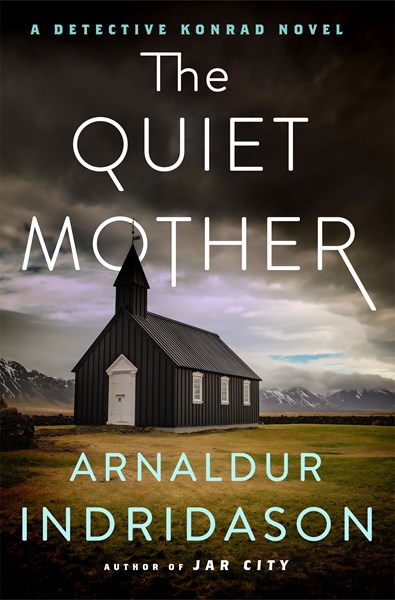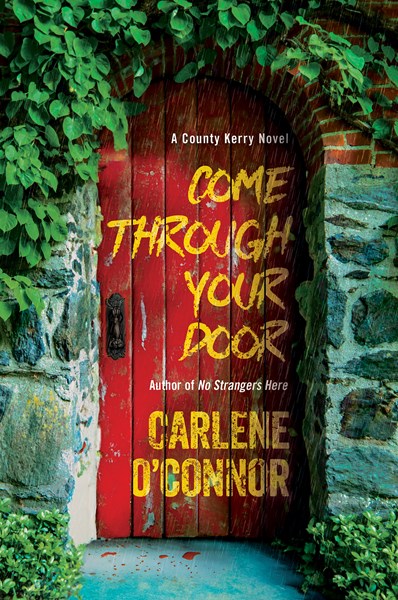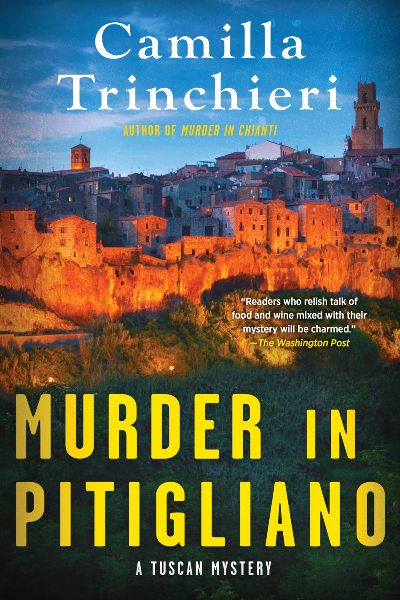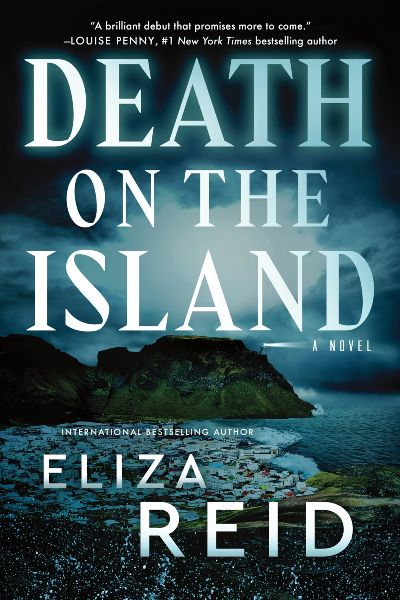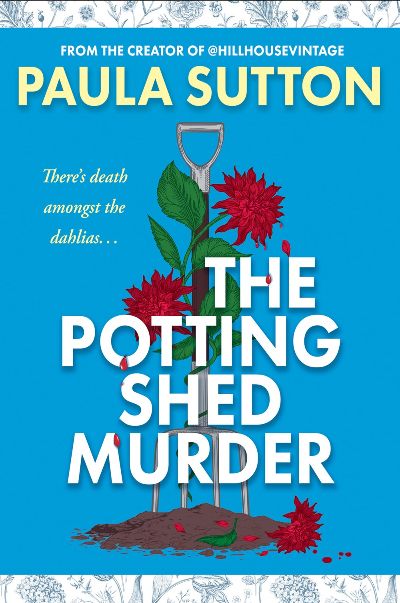Book of the Week September 11, 2025
When a mudslide blocks a highway near Edinburgh, the debris also exposes a skeleton with a damaged skull, indicating signs of murder. Detective Inspector Karen Pitrie and her Police Scotland Historic Crimes Unit are called in to investigate. It’s spring 2025, five years after the traumatic COVID-related events of Past Lying. Research indicates that the skeleton, soon identified as that of freelance journalist Sam Nimmo, was buried back in 2014 when the road was constructed. At that time, Nimmo was the prime suspect in the killing of his pregnant girlfriend. Was his death an act of vengeance? Or was his investigation into a possible sex scandal connected to the 2014 referendum for Scottish independence the motivating factor? Pirie and her team also probe the so-called accidental death of a hotel manager with ties to a mysterious book club called Justified Sinners, whose members are wealthy, entitled men. Flavoring her writing with colorful Scottish slang, McDermid combines compelling, intricate plotting with strong character development. It’s nice to see DC Jason Murray developing his sleuthing skills and confidence under Karen’s patient mentoring, while talented but impulsive DS Daisy Mortimer occasionally still irritates her boss. The unsettled ending may disappoint some readers (real life is not always so neatly tied up), but McDermid’s passion for justice shines through.

